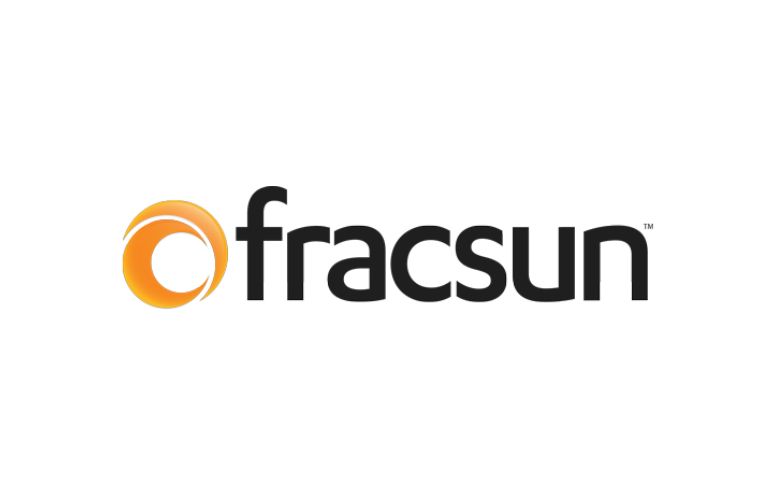- Fracsun launches CLEO AI, an AI-powered soiling loss modeling tool.
- Tool integrates local soiling measurements, weather data, and ML algorithms for precise simulations.
- Aimed at enhancing solar production models and optimizing energy yield predictions.
- Addresses dynamic factors like PM concentrations, seasonal trends, and weather impacts.
- Supports proactive maintenance planning and performance optimization for solar assets.
- Utilizes extensive network of monitoring stations across 27 countries, totaling 12 GW solar capacity.
Main AI News:
Fracsun, a leading provider of solar soiling loss monitoring solutions, has introduced its revolutionary AI-powered soiling loss modeling tool, CLEO AI. This innovative solution marks a significant advancement for the solar development sector, enabling precise adjustments to production models and enhancements in energy yield predictions.
Developed by Fracsun’s team of industry experts, the model integrates local ground-based soiling loss measurements, detailed weather data, and sophisticated machine learning algorithms. This approach delivers accurate, site-specific simulations of annual soiling losses, adapting dynamically to factors such as PM2.5 and PM10 concentrations, nitrate and sulfate levels, seasonal variations, and the influences of wind and precipitation.
“Our objective is to equip solar production modelers with the necessary tools for continuous performance improvement and maximized returns,” stated Catlin Mattheis, CEO of Fracsun. “By generating a Typical Meteorological Year (TMY) of daily soiling loss data, our model offers detailed insights into soiling losses at a granular level. This capability allows users to refine production models and plan maintenance schedules effectively.”
Fracsun’s solution leverages its extensive network of soiling monitoring stations, spanning 27 countries and encompassing over 12 GW of installed solar capacity. The model employs machine learning to continually learn from this expansive dataset, incorporating variables such as module tilt and real-time weather forecasts to enhance accuracy.
“Soiling poses a site-specific challenge that can significantly impact solar asset performance,” Mattheis emphasized. “With the CLEO AI-powered model, our clients can now proactively address this challenge, optimizing maintenance strategies and production forecasts to maximize ROI.”
Fracsun has also pioneered the industry’s most precise soiling loss monitoring station, complemented by robust software support. This platform enables users to monitor solar assets for soiling loss, driving operational efficiency through actionable data and predictive analytics. Drawing from years of experience in collecting and analyzing soiling loss data, Fracsun is dedicated to supporting project development teams and financial institutions in mitigating risks associated with solar projects from the earliest stages.
Conclusion:
Fracsun’s introduction of CLEO AI signifies a significant advancement in the solar industry. By integrating AI with precise data on soiling loss, weather conditions, and environmental factors, Fracsun empowers solar developers to refine production models and maximize energy yields. This innovation not only improves operational efficiency but also reduces risks associated with performance variability, setting a new standard for optimizing solar asset management.

